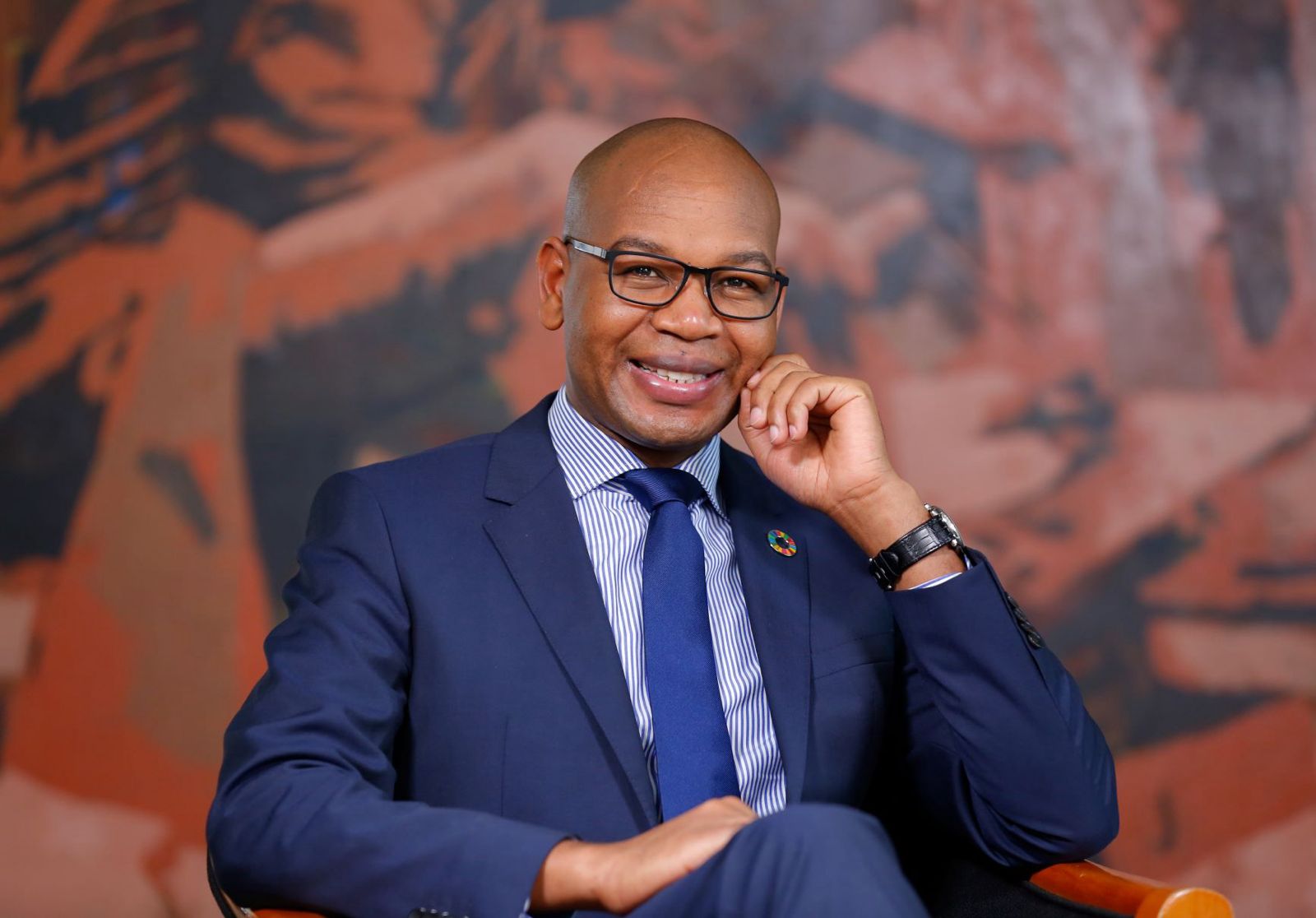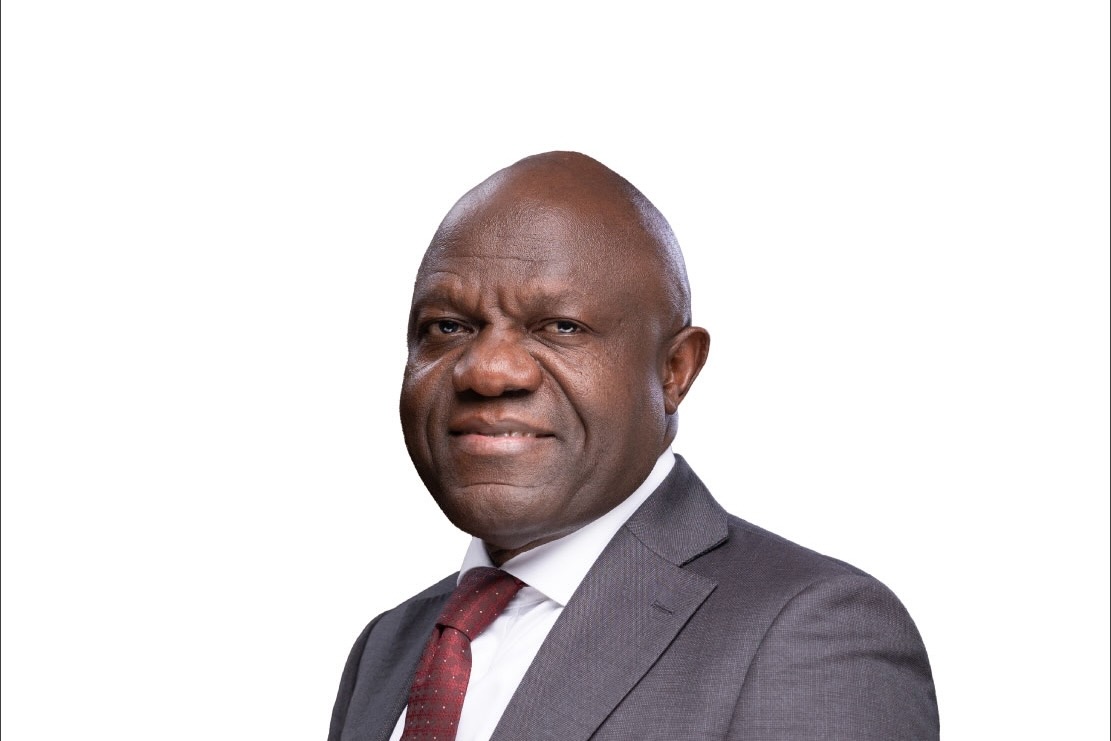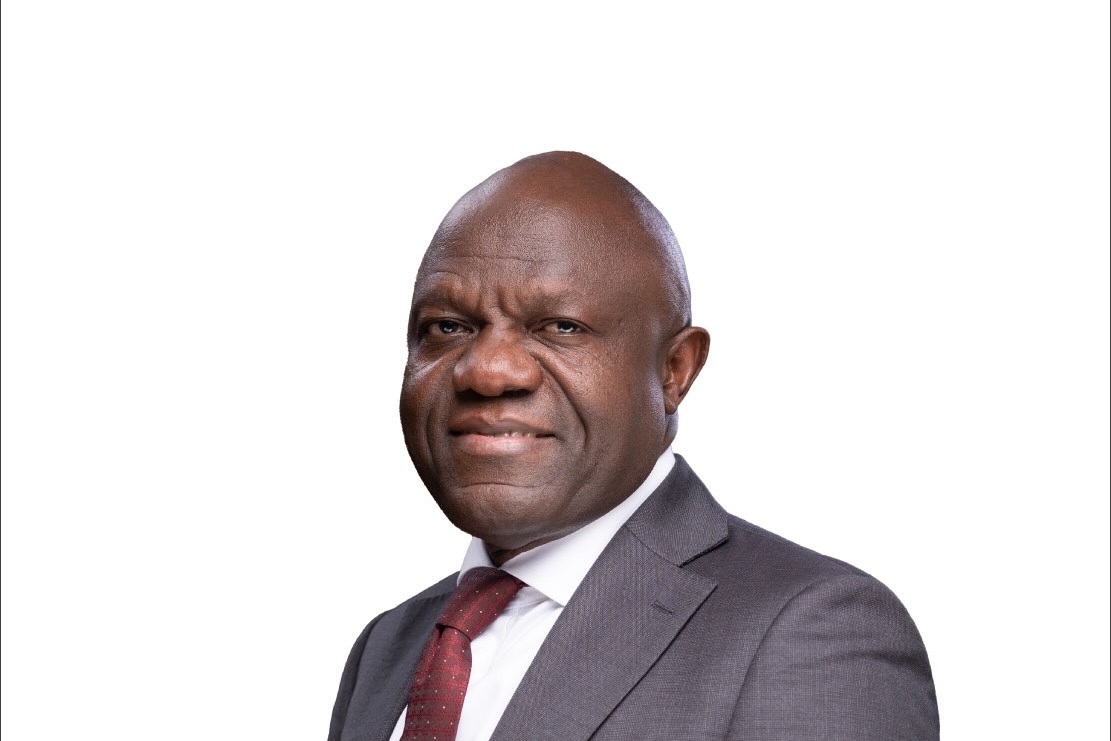Is it the end of the road for pay-tv in Uganda?

Following an announcement that Multi Choice Uganda would increase the subscription rates for both DStv and GOtv packages effective April 1, 2023, SAMUEL MUHINDO explores whether the alternatives recommended amidst the media storm paint a bleak picture for the future of pay television in Uganda.
Amidst the storm, some of the alternatives to pay Tv recommended were over-the-top providers (OTT) like Netflix and Disney for a catalogue of movies, Spotify for music and Amazon Prime Video, which comes with live English Premier League games and other sports in some locations.
For a monthly subscription, Netflix ranges between Shs 11,000 and Shs 37,000, Spotify is between Shs 1,000 and Shs 13,000 while Amazon Prime Video costs Shs 34,000. Although the latter broadcasts live games like the English Premier League, which is famous in Uganda, it is not available in Uganda.
To access the service, one would need a paid virtual private network (VPN) in locations like the United Kingdom and an extra cost for stable internet.
Although accused of abusing its monopoly status, MultiChoice Uganda, citing an increase in the costs of doing business, increased its DStv premium monthly package to Shs 275,000, from Shs 255,000; and family package from Shs 59,000 to Shs 64,000.
GOtv Supa prices increased from Shs 58,000 to Shs 65,000, and GOtv Lite prices increased from Shs 14,000 to Shs 15,000, among other things. The company had just increased its packages in September 2022, only five months ago.
“The new rates are partly because MultiChoice has lost some subscribers to these new platforms, which Uganda Communications Commission doesn’t have control over because they are web-based. It is most probable that MultiChoice is milking the few subscribers they are left with,” said Morgan Muhindo, a legal tech and compliance consultant at Enset Law, said.
“This, however, is a trickle-down effect of the hefty annual license fees that were increased by approximately 300 per cent recently. Despite this increase, MultiChoice still has to compete with platforms like Netflix. Even when value-added tax (VAT) has been imposed on these companies, the government has still failed to impose a direct tax such as a corporate tax,” he added.
Muhindo noted that although some consumers have been lost to OTT providers, pay TV will remain a necessity in Ugandan homes. He attributed this to both consumer behaviour and infrastructure deficits.
“Several OTT platforms don’t favour rural and many urban Ugandans who remain consumers of local content. The Netflix and Disneys of this world have their target market. They, by design, could exclude many in terms of content. Pay TV offers a buffet of content to choose from. Since consumers are adventurous, pay TV caters for the curiosity of trying out what new channels offer. These OTT platforms also need constant access to internet broadband. The Internet remains very expensive in Uganda yet the network coverage for stable internet across the country remains lacklustre,” Muhindo explained.
On whether there should be changes in the subscription model, Muhindo said, “I suggest a content-specific subscription payment model without abandoning the usual bouquet subscription models for consumers who need all services. I would
suggest that pay TV gives a list of stations I can choose according to my preferences and a bill is given for payment.”
In a 2022 interview with Advanced Television, Maxime Saada, the chairman and chief executive officer of the Canal+ Group, a pay TV leader in Francophone sub-Saharan Africa, said: “While streaming and OTT consumption continue to soar in most countries around the world, Africans still struggle to access these flexible, nonlinear offers. The OTT disruption remains restricted because of connectivity hurdles that still need to be overcome: despite the recent launch of fibre in a range of countries, fixed broadband only reaches a small share of the population and mobile networks remain limited by speed and cost constraints.”
MultiChoice chose, nonetheless, to address this connected, digital-friendly fringe of users with its OTT subscription video on demand (SVoD) service, Showmax, launched in 2015 across the region.
The 2022-2026 Africa entertainment and media outlook by global accounting firm PricewaterhouseCoopers (PwC) read in part: “OTT video streaming is set to rise rapidly over the next five years with revenue growth to 2026 expected to outpace increases in TV subscription revenues across Kenya, Nigeria and South Africa. This will be from a relatively small base, meaning that revenue itself will remain comparatively low.”
In sub-Saharan Africa, MultiChoice accounts for more than 21 million pay TV subscribers. By the end of 2022, MultiChoice represented around half of the total pay TV subscribers in the region, while the Canal+ had captured 15 per cent, accounting for approximately 6.6 million pay TV subscribers.
samuelmhindo@gmail.com
Source: The Observer
Share this content:




Post Comment